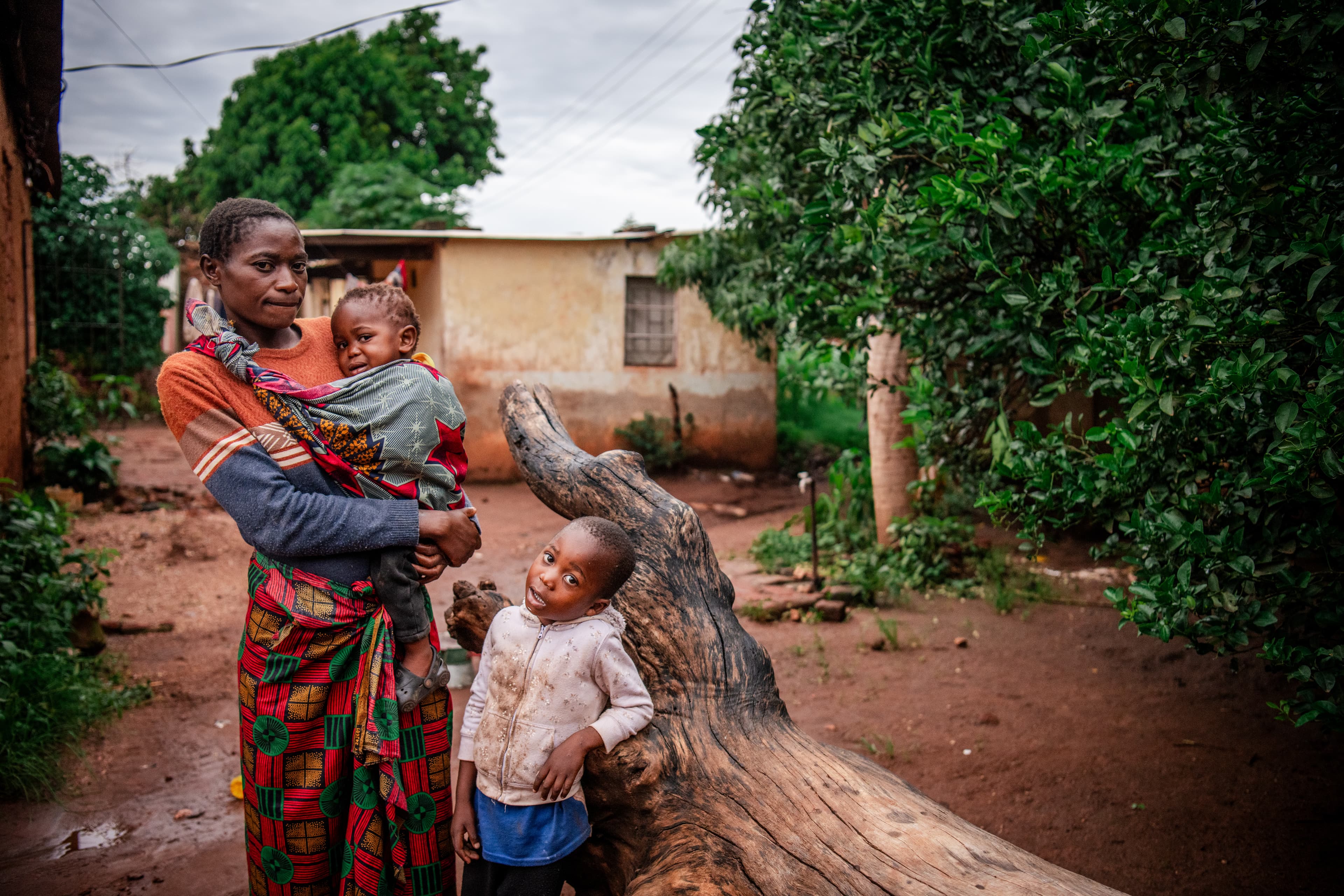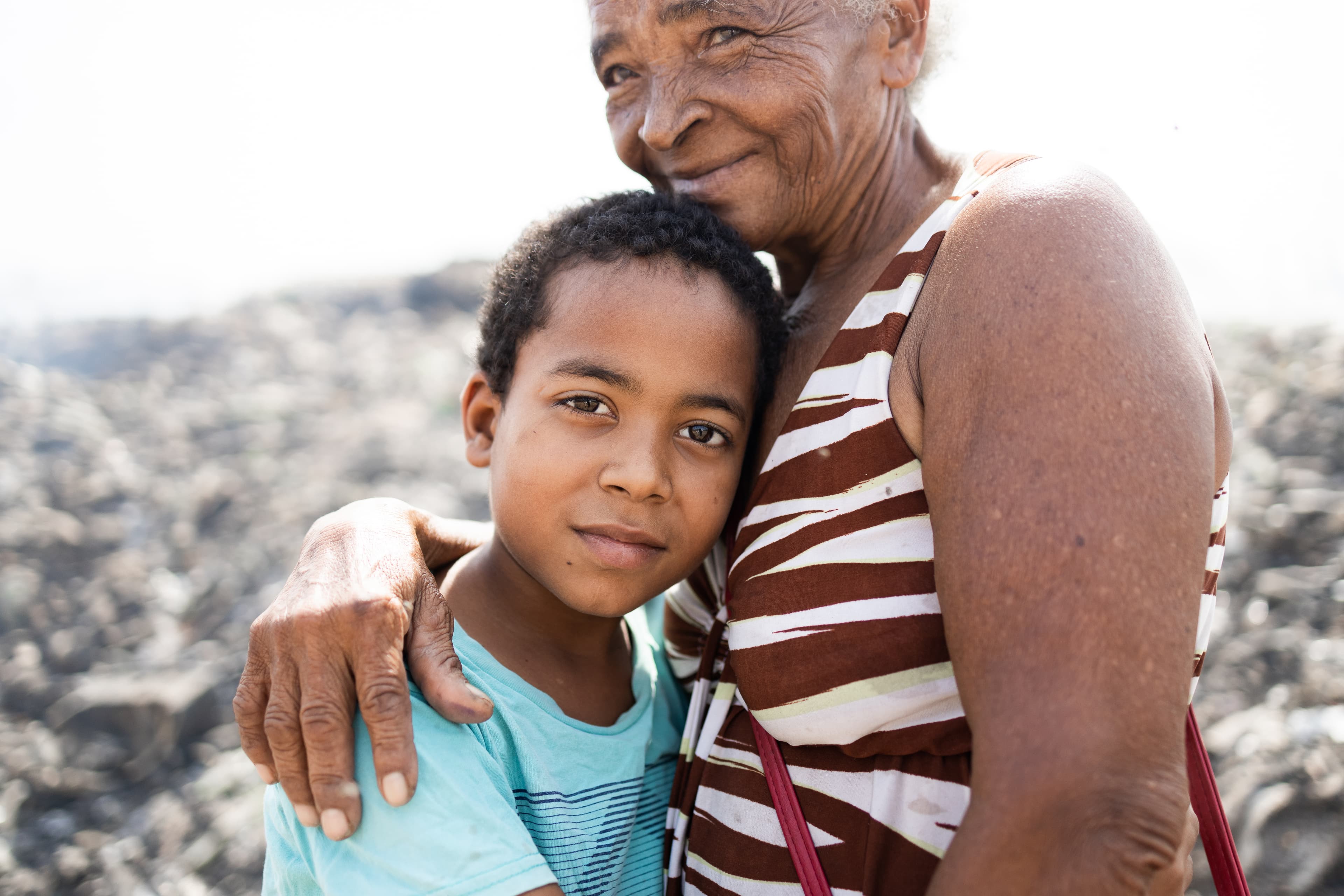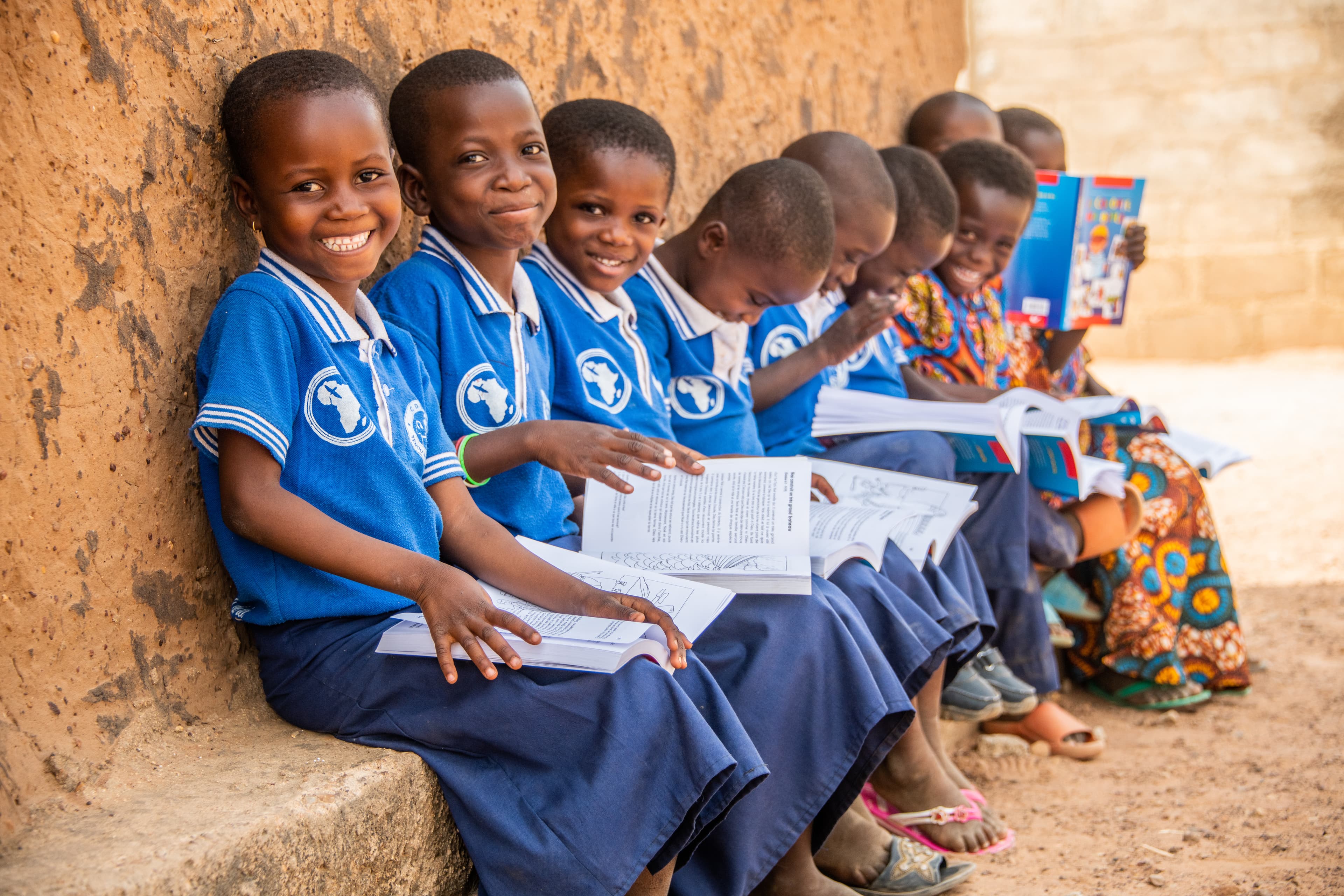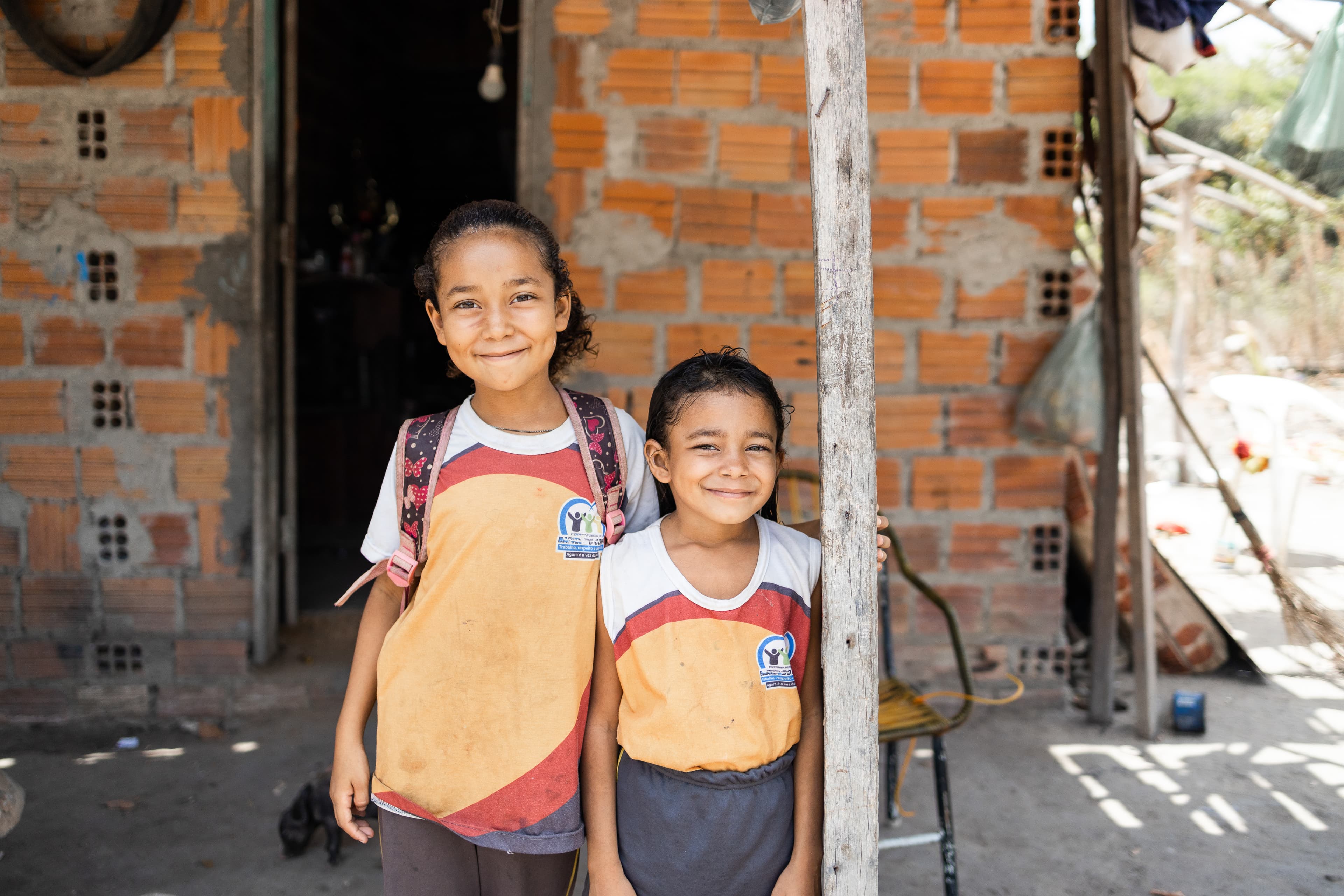Poverty affects a child’s development in the womb by increasing maternal malnutrition and disease, hindering a baby’s chance of survival.
Poverty affects a child’s development as they grow by introducing challenges like preventable diseases and stress that impact learning, decision-making and overall well-being.
Poverty hurts a child’s health by increasing malnutrition and preventing them from accessing critical medical care.
Poverty affects a child’s mental health by leaving them feeling hopeless, resulting in serious mental health concerns like suicide.
10 Key Effects of Poverty on Children
Poverty affects every aspect of a child’s life. The effects of poverty on children also build over time, worsening the damage done as a child grows. To understand the deep impact of poverty, let’s take a look at the 10 key effects of poverty on children, at a glance.
Poverty hinders healthy physical growth and development.
Poverty hurts social and emotional development.
Poverty shortens life expectancy.
Poverty increases infant and child mortality rates.
Poverty introduces hunger, neglect, insecurity and instability into children’s lives.
Poverty increases the likelihood a child will have a chronic health condition.
Poverty makes children sick with preventable diseases.
Poverty increases parental stress and impairs safe parenting practices.
Poverty increases the likelihood of violence children may experience and witness.
Poverty prevents children from getting an education, keeping them from reaching their full potential.
These impacts of poverty make children feel valueless and hopeless. They keep children from seeing a brighter future beyond poverty. Without hope, the cycle of poverty continues throughout each generation.
How Does Poverty Affect a Child's Development?
The effects of poverty on children start before they’re even born. In the womb, issues such as maternal malnutrition and disease hinder a baby’s ability to survive.
Premature birth, which decreases a child’s chance of survival, is common for those living in poverty. In fact, studies have shown that early preterm births happen more often for mothers living in countries with higher poverty rates.
If a child survives birth, the fight for life continues. Approximately one in 27 children around the world in 2022 died before their fifth birthday. Leading causes of these deaths were preventable diseases like pneumonia and diarrhea, which are common occurrences for little ones living in poverty.
Growing up in poverty also increases the physical and emotional stress in a child’s life. For example, children may constantly suffer from fear or anxiety over when they’ll receive their next meal. Or they may suffer physical abuse or exploitation, such as child labor.
Physical and emotional stress can cause negative biological changes in a child’s body, which can have long-term impacts on learning, decision-making and overall health and well-being.
To better understand the what cycle of poverty is and how it impacts those living in it, watch this video from Compassion alumna Olive Aneno.
Poverty and Education
Education is an important part of a child’s development. By attending school, children learn the critical skills they need to make decisions, build relationships and create better futures for themselves.
Unfortunately, poverty creates and widens achievement gaps. Kids who are sick or those who must work to support their families miss out on school. This keeps them isolated from friends and prevents them from learning and growing. And in the future, children who lack an education may have a hard time finding employment, keeping them stuck in the cycle of poverty.
What Are the Effects of Poverty on Children’s Health?
The effects of poverty on children’s health are many. For example, impoverished children often live without the nutritious food they need to thrive.
We know that a healthy diet protects against nutritional imbalances and chronic health conditions such as heart disease and diabetes. But without access to healthy food, children living in poverty are more susceptible to these illnesses that hurt their bodies.
Because children growing up in poverty don’t get the food and nutrition they need to develop properly, around 149 million children under the age of five are estimated to be stunted or too short for their age. Another 45 million are estimated to be too thin for their height.
Malnutrition is only one way poverty impacts a child’s health. For example, poverty also exposes children to preventable and treatable diseases like pneumonia and diarrhea. In addition, poverty hinders access to critical medical care children need for treatment, keeping them sick.
How Does Poverty Affect Children’s Mental Health?
Imagine you’re a child living in poverty. You may have a constantly gnawing belly from overwhelming hunger. You may be left alone and scared while your parents try to find work. You may suffer abuse at the hands of those you trusted.
These scenarios are common for children living in poverty. These children struggle with overwhelming fear and consistent stress. They may feel as if their situation won’t ever get better, leaving them feeling hopeless.
These realities result in serious mental health concerns for children living in poverty. For example, approximately 75% of suicides occur in low- and middle-income countries where poverty rates are high.
How You Can Help Release Children From Poverty
When looking at all the above effects of poverty on children, it’s easy to feel hopeless. What could we possibly do to put an end to such a big challenge? The good news is that together, we can fight back against global child poverty.
At Compassion, we want to see every child go from surviving in poverty to thriving in freedom. We want them to experience the fullness of life Jesus promised those who love him (John 10:10).
But for that to become true, children need healthy bodies free from sickness and hunger. They need strong minds full of knowledge and life skills. And they need confidence to advocate for themselves and others.
This is what we do at Compassion: We care for the whole child, not just pieces and parts.
Children in our child sponsorship program receive nutrition, medical care, education and ongoing encouragement. They receive protection from violence and abuse. And they receive the hope of the gospel, empowering them to see beyond their present circumstances and into a brighter future.
By partnering with us and becoming a child sponsor, you can help us meet the critical needs of a child living in poverty, empowering them to break free.




